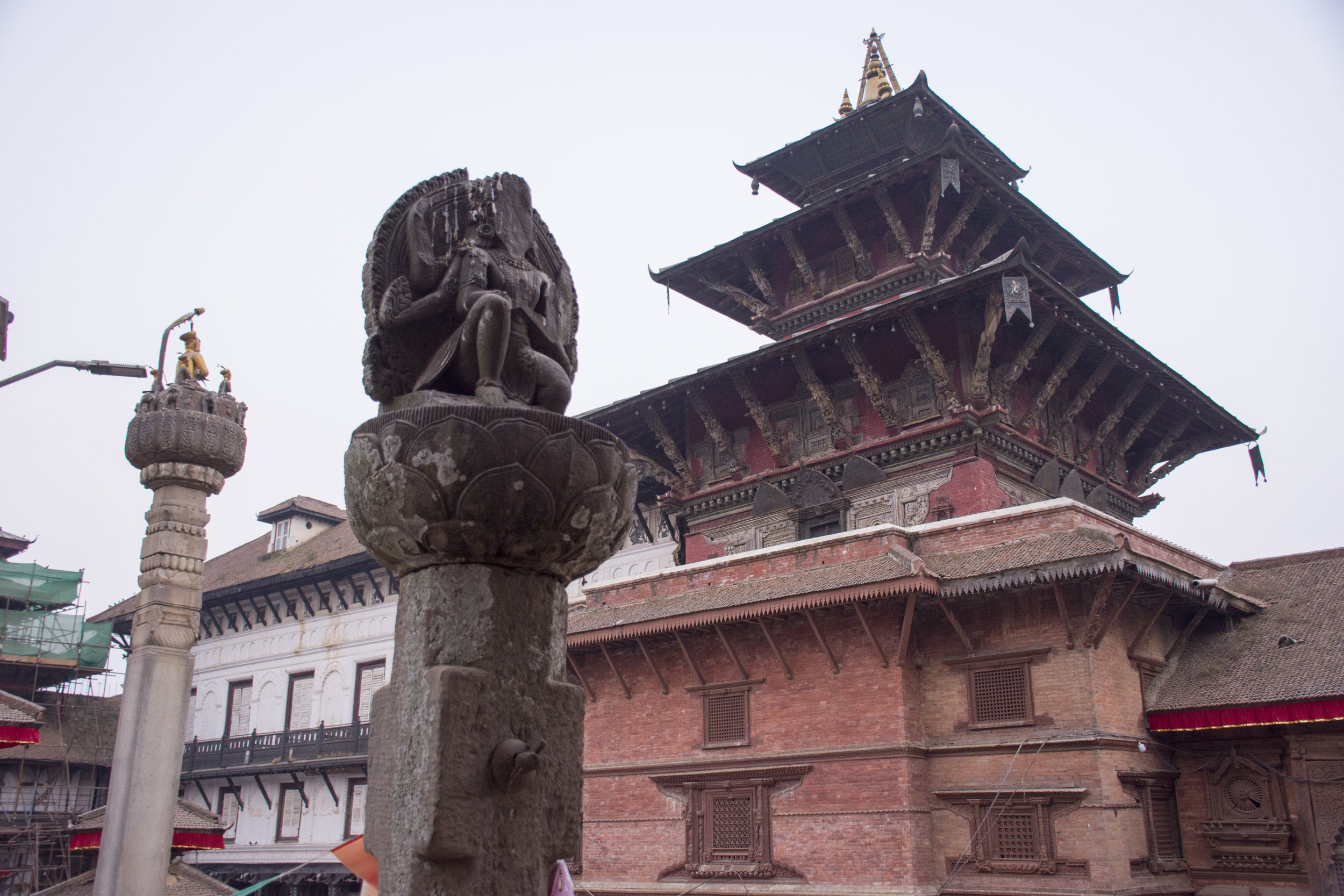Nepal is a country known for many things, be it the rich culture and colorful traditions, the diverse harmony of all religions and beliefs, the abundant natural sceneries, and the unique story of its history. Within the heart of all these features is the diverse love of art and architecture mixed thoroughly with religious beliefs and imagery. Filled with immense architectural beauty that have stood the test of time, the prime examples of the brilliance of such creations lie within three places around Nepal valley.
Nepal has a rich cultural history that is tangible in the country’s architecture, traditions and festivals. The UNESCO World Heritage enlists 10 sites from Nepal, due to the history, architecture, global importance and need for conservation.
Divided into three squares in three corners of the valley, Patan Durbar Square, Bhaktapur Durbar Square and Kathmandu Durbar Square portray the unique blend of art, architecture and tradition all at once. Kathmandu Durbar Square lies in the heart of the capital, and despite the earthquake that shook Nepal in 2015, it is still as lively as ever.
Kathmandu Durbar Square was originally formed from the palaces and courtyards of the old Malla and Shah kings. Durbar Square literally means "Place of Palaces." The oldest temples were built in 1560-1574 by King Mahendra Malla, though the oldest palaces date back to the 3rd century. The square was still used for royal ceremonies up until 2001. Today Kathmandu durbar square is still used for official religious ceremonies including that of the Kathmandu Kumari (living goddess) whose residence is located there. Many of the intricate temple carvings on the roof struts in durbar square depict scenes of erotic art.
Entrance fees for Non-Nationals are set at Rs.1000 and Rs.150 for SAARC Nations. The square is riddled with tiny gullies and souvenir shops. Non-Nationals should be aware of hustlers and possibilities of being scammed, so before buying something just ask around a lot of stores best stores at opposite ends of the squares.
An unbelievable 50 temples lie within the vicinity including the temple of the titular deity, Taleju Bhawani. The Durbar is divided into two courtyards, the outer Kasthamandap, Kumari Ghar, and Shiva-Parvati Temple, and the inner section consisting of Hanuman Dhoka and the main palace. Some floors have been converted to museums dedicated to three generations of Shah kings. Most parts of the palace premises are open to tourists throughout the week.
Some important monuments to see in this area are: The Taleju Temple is the tallest of all structures, built by King Mahendra Malla in 1549 AD. This temple is open to the public for one day each year during the Dashain festival.
The Jagannath Temple, built in the 16th century is known for the fascinating erotic figures carved on the wooden struts.
The Kal Bhairav, one of the largest 17th century stone statues in Kathmandu, representing the terrifying aspect of Lord Shiva.
Swet-Bhairav - the temple is open to the public once in year during Indra Jatra Festival. The 17th century Kumari Temple (the temple of Living Goddess) is an example of highly developed Nepali craftsmanship.
Kaandasthamp, from which Kathmandu derives its name, is said to have been built from the timber of a single tree.
Nau-Talle Durbar (the nine storied palace).
Mul Chowk, as the occasional abode of the goddess Taleju, is opened to Hindus once a year when, on the ninth day of the Dashain Festival, hundreds of buffaloes and goats are sacrificed to the goddess. Bhandarkal is a botanical garden created by King Pratap Mall in the mid 17th century. With its diverse flora, Bhandarkal is a treat for nature lovers and ecologists. The garden has been named after a seven-storied palace that possesses a statue of the Sleeping Vishnu, Jalashayana Narayan.

